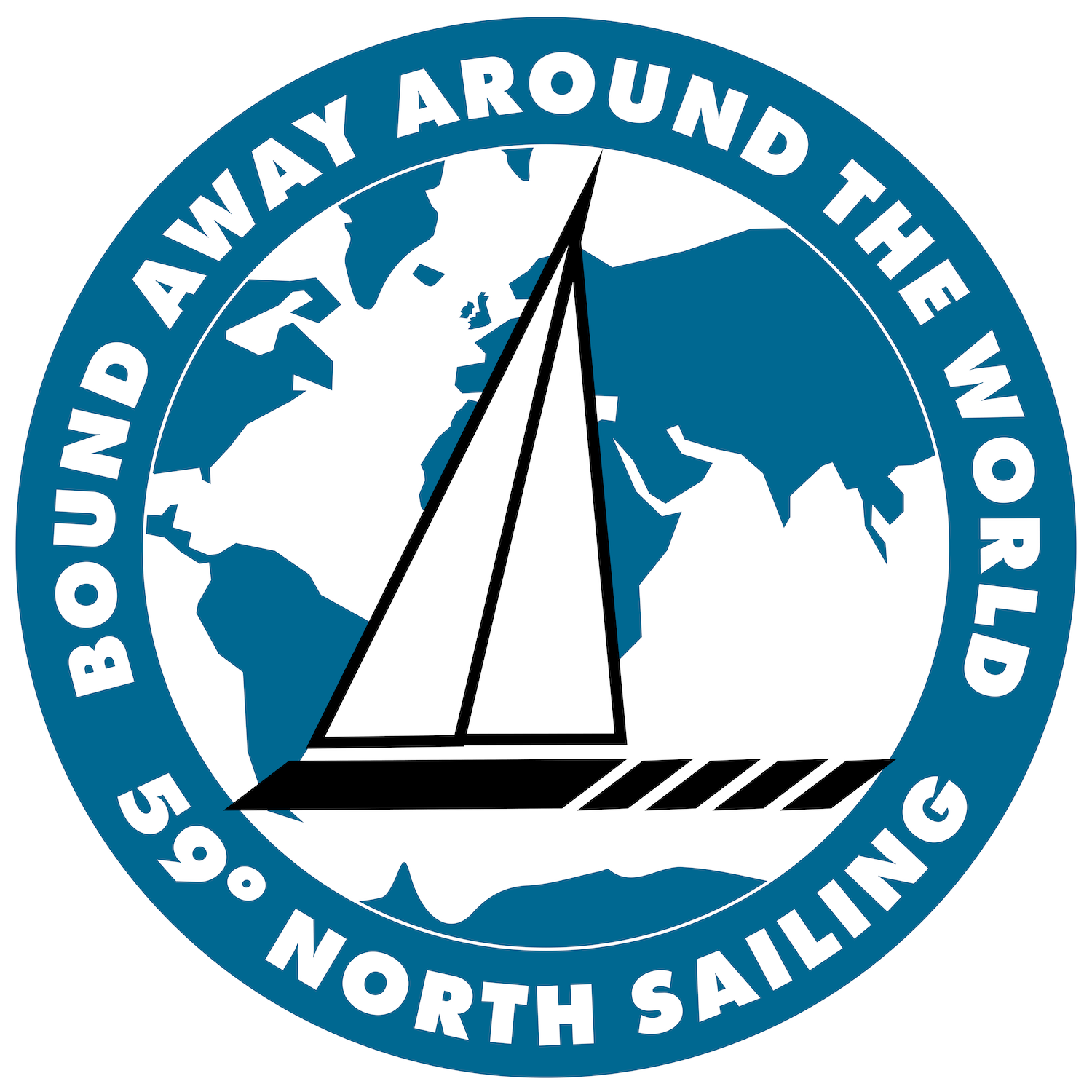#6. FALKEN | Galapagos to Marquesas | Rain
April 13, 2130 Ship’s Time | 6º45’S, 106º15’W | Second Reef in the Mainsail & Reefed Jib Top
The word association for this passage thus far would most definitely be rain. I had read a lot about the Intertropical Convergence Zone (ITCZ) prior to this trip as a former Pollywog who spends very little time near the equator. The meeting point between the NE and SE trades also commonly referred to as The Doldrums, known for its distinct lack of wind and unending rain. With the help of WRI, some satellite weather images, and our trusty GRIBs, we were able to very accurately predict the point at which the wind-deprived sector ended, as well as where the Southern Equatorial Current started to give us a push. The one thing that still continues to perplex me is the sheer amount of rain we’ve faced along the way. Five plus times a day the boat (and therefore the crew) get a very thorough freshwater wash-down. One of the watches on board has deemed itself “Squall Team 6” due to the thousands of gallons of rain they’ve taken on the chin as we enter our seventh day.
At sea, it’s no surprise that some resources are usually conserved — this can mean electricity and data — but none of that here. Our radar is running almost 24/7 with a strategy that has shifted more from avoiding the storms to just knowing where they are when all you can see outside is the compass and faint glow of the masthead tricolour. The key to forecasting which showers hit us has been looking into the prevailing wind direction and paying attention to the weather about 15-30º to the left of the true wind, the obverse of my Northern Hemisphere brain. New GRIB files are downloaded when available, but I still can’t seem to explain how far-reaching this rain has been, or if and when we’ll be out of the majority of it.
The other thing with this rain is how the majority of it seems benign - just largely wet. As an East Coast US sailor, I’m no stranger to large pop-up thunderheads and downbursts of 40kts, but the vast majority of these storms have not been this. Only on a few occasions has the rain brought the cold, dense wind (and shifts) that I tend to associate with it.
In spite of all this, FALKEN achieved a 232nm run in 24 hours yesterday, averaging 9.66kts - and all of this was just with the poled-out Yankee foresail. The crew has absolutely been sending the boat — my glow for today was how everyone is driving like they stole it. Andy and I both predicted landfall on the 25th, and every day gets a little closer to that being a massive underestimate, not to jinx anything…
All in all, so far this has been an incredible navigational learning experience that I will never forget - or dry from.
- Aidan Gray | 59º North Apprentice
